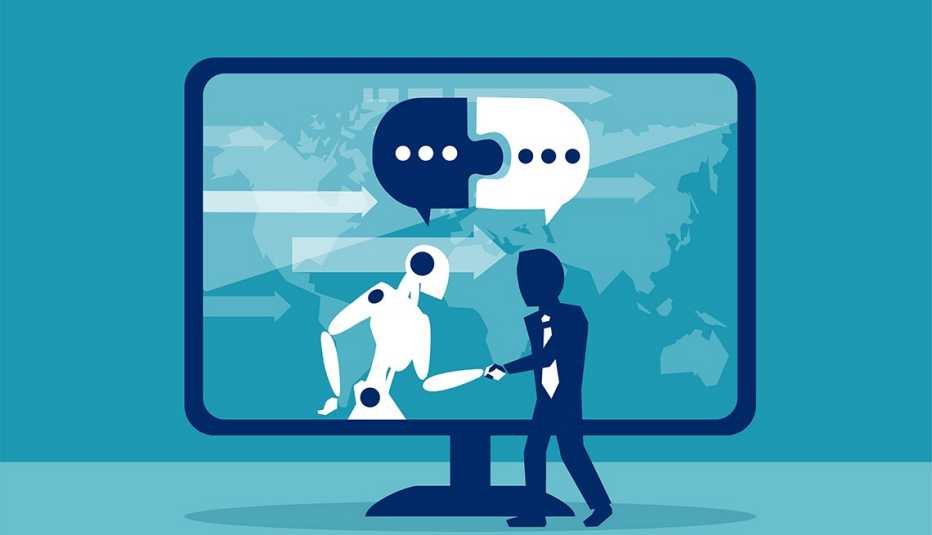Staying Fit


While some people are afraid that technology such as artificial intelligence (AI) and automation could cost them their jobs, a new spurt of research suggests a much happier alliance between technology and workers — particularly older workers. These studies argue that new tech could be harnessed to reduce physical demands, slowing the effects of physical decline that often cause older workers to leave jobs. The new tech might even give some workers age 50 and older the chance to highlight their strengths compared to those of their younger colleagues.
These benefits, combined with flexible work arrangements such as remote work, will enable older workers to stay in their jobs longer, researchers say. That’s good news, not just for people age 50 and older who aren’t in a rush to stop working but also for the broader economy, for people’s ability to save more for retirement, and for federal programs such as Social Security that fund benefits through deductions from current workers’ paychecks.


AARP Membership— $12 for your first year when you sign up for Automatic Renewal
Get instant access to members-only products and hundreds of discounts, a free second membership, and a subscription to AARP the Magazine.
“There’s a ton of positives about this,” says Elizabeth Haas, founding director of the Metaverse Collaborative at the New York University School of Professional Studies. So “the first thing I would say is, don’t be so afraid.”
Will technology take your job?
Many Americans feel anxious about how new technology will affect their lives. Sixty-nine percent say they are somewhat or very uncomfortable with AI, up 10 percentage points since 2016, according to a survey conducted in July by CNBC. Nearly one in five worry that AI could replace them at work.
A study by the Urban Institute, an economic and social think tank, however, shows that some technology can make some older workers’ jobs less physically strenuous, as automation performs physical tasks, while still requiring human operators to make the machines work.
Using government occupational data, the study found that this tech has allowed people to remain in their jobs longer, even if they began to suffer the physical ailments that can come with age.
“A number of technologies that are being introduced are helping people overcome their declining physical capacity,” says Stipica Mudrazija, assistant professor in the School of Public Health at the University of Washington, who coauthored the report. “That’s absolutely a plus for older adults, middle-aged and older, if they’re considering whether they can continue working in their jobs.”
It’s not just driverless forklifts and assembly-line robots that are doing this, by automating repetitive or potentially unsafe tasks, Haas points out. It’s also emerging technologies, such as virtual-reality vision aids, that could help workers affected by such conditions as macular degeneration.
“[Technology] really, to me, says you can have a job for a longer life,” says Haas, who is also the founder of New York Consulting Partners, which helps companies that are growing quickly, and a former partner with McKinsey & Company. “Some of the more menial things can be done for you and make it simpler and easier.”



































































More From AARP
Get Hired Faster by Building Job Skills Online
Online classes through AARP and others let you learn at your own pace, often for free5 Ways Tech Tools Can Help You Get Hired After 50
ChatGPT and other A.I. programs can help with your resume, cover letter, and job search
15 Jobs That Didn’t Exist 15 Years Ago
These careers offer new ways to use skills you may already have